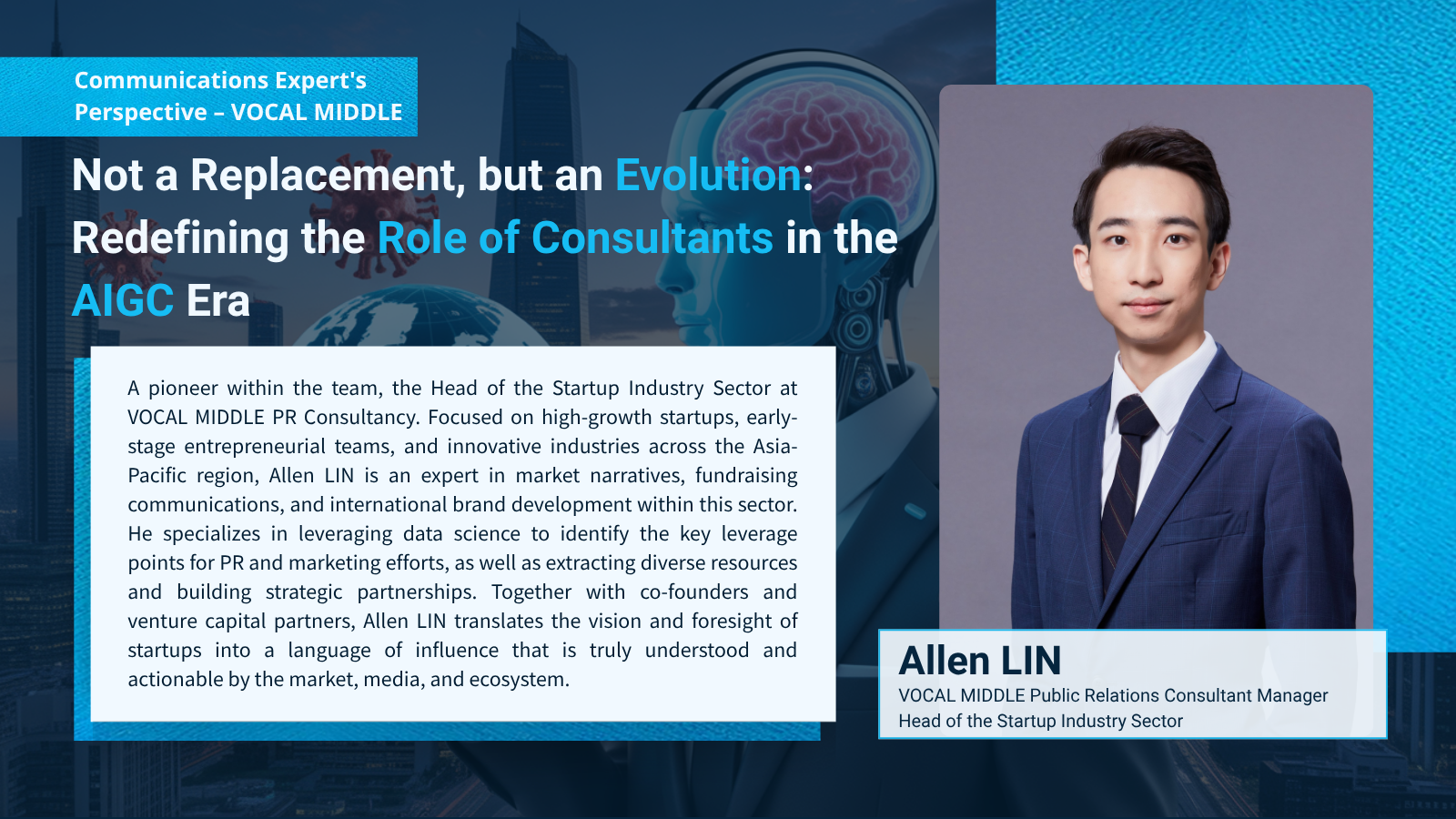
As AIGC becomes increasingly widespread, content generation is no longer a high barrier—anyone can easily access a rich and diverse array of materials. However, the value of public relations has never been limited to merely producing text.
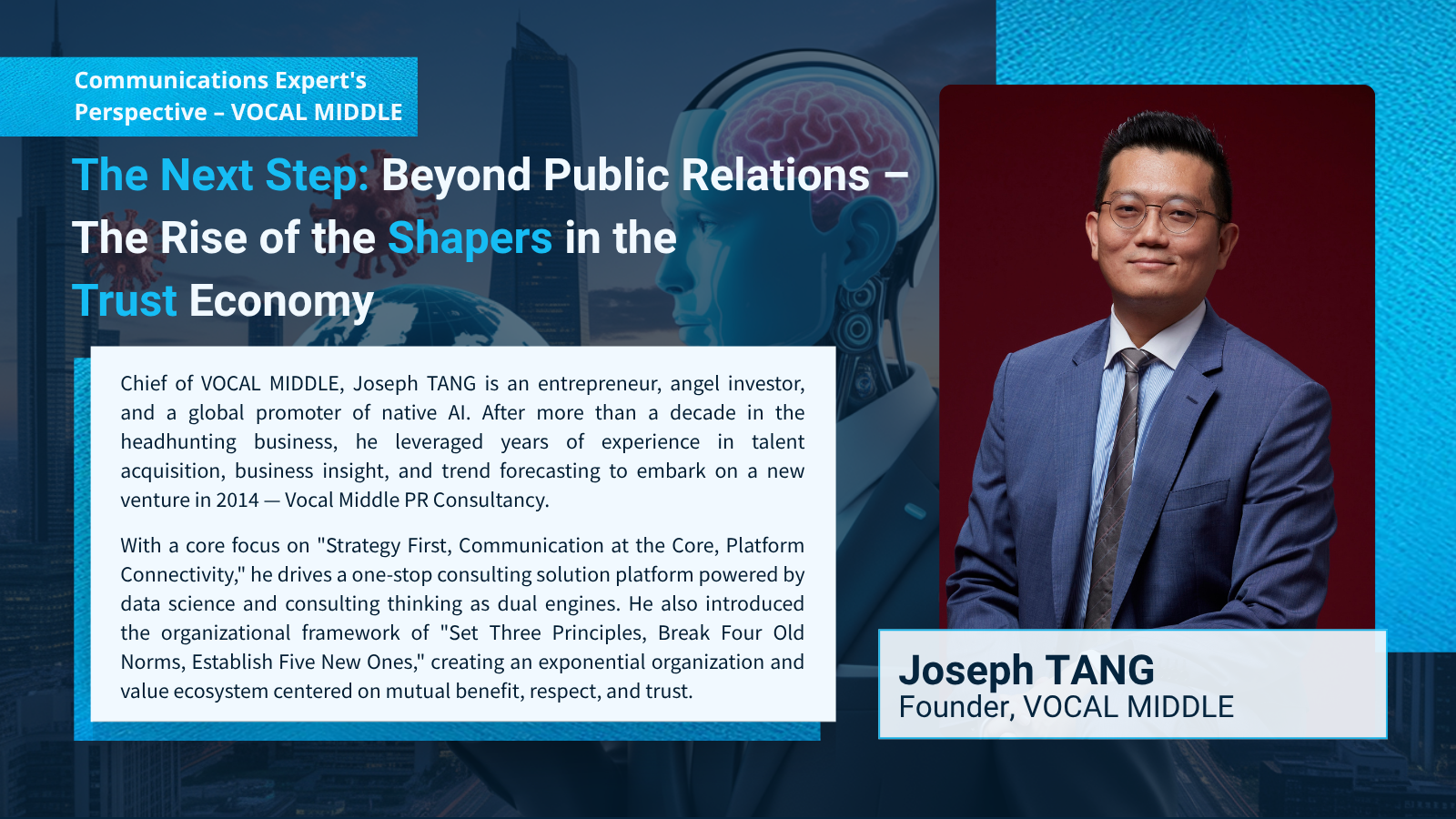
In the wake of the pandemic, we once said: "The deepest human needs have fundamentally changed." Three years on, the rise of Generative AI has not reversed this shift — instead, it has accelerated a profound reshaping of how we work, and more importantly, how we understand people and value. For our generation of PR consultants, this is not just a challenge — it's a test of relevance, and a chance to prove our enduring value.
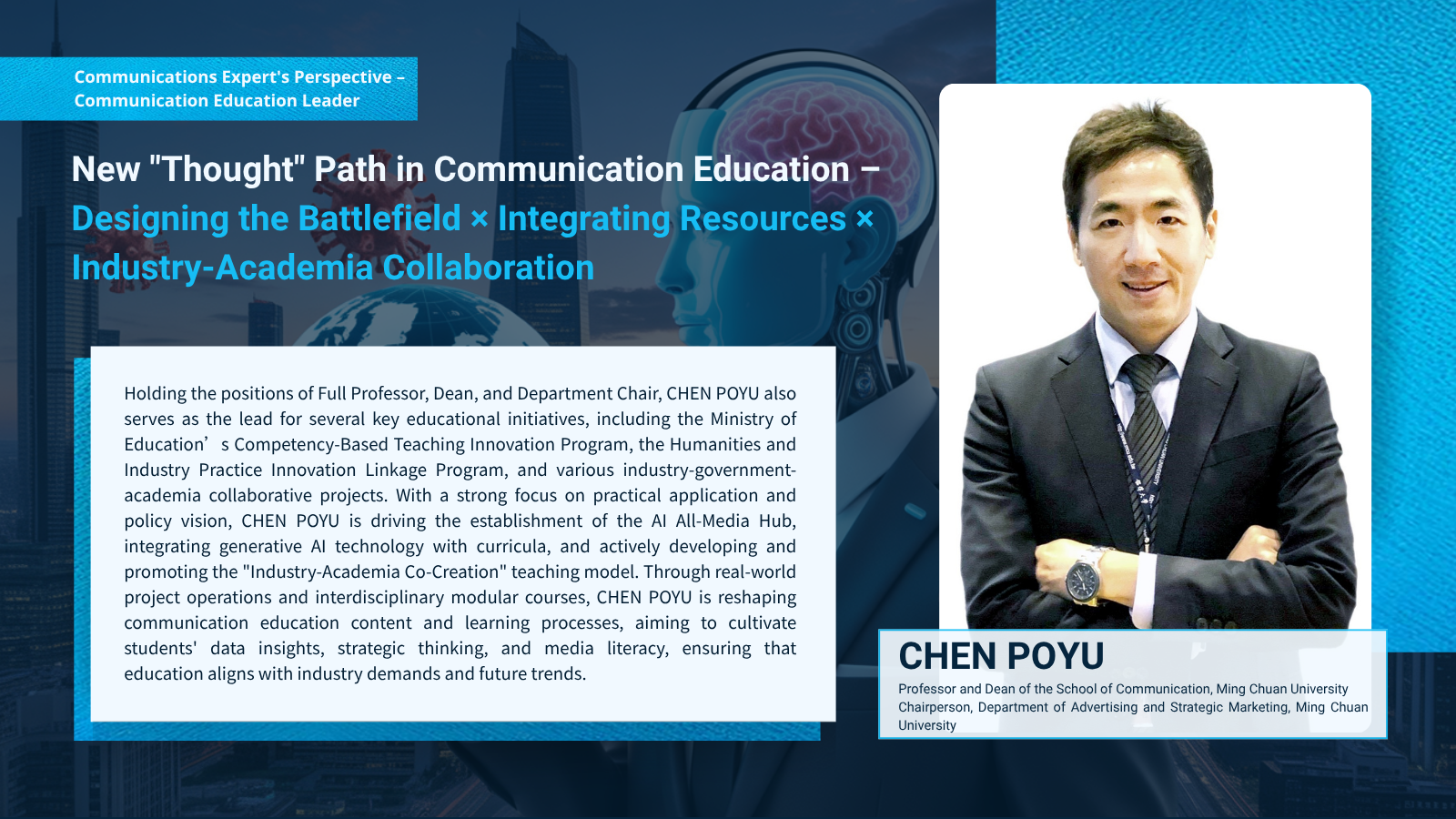
The pandemic brought three major challenges to the education sector: The completeness of schools' digital education systems; Teachers' familiarity with instructional design and use of digital tools; Students' self-discipline and psychological resilience. At the same time, we saw some individuals lose their way in remote learning — yet many others developed stronger digital skills, independent thinking, and a better sense of self-directed learning. A few years later, the wave of AI arrived, once again testing our core capabilities in navigating an uncertain future.
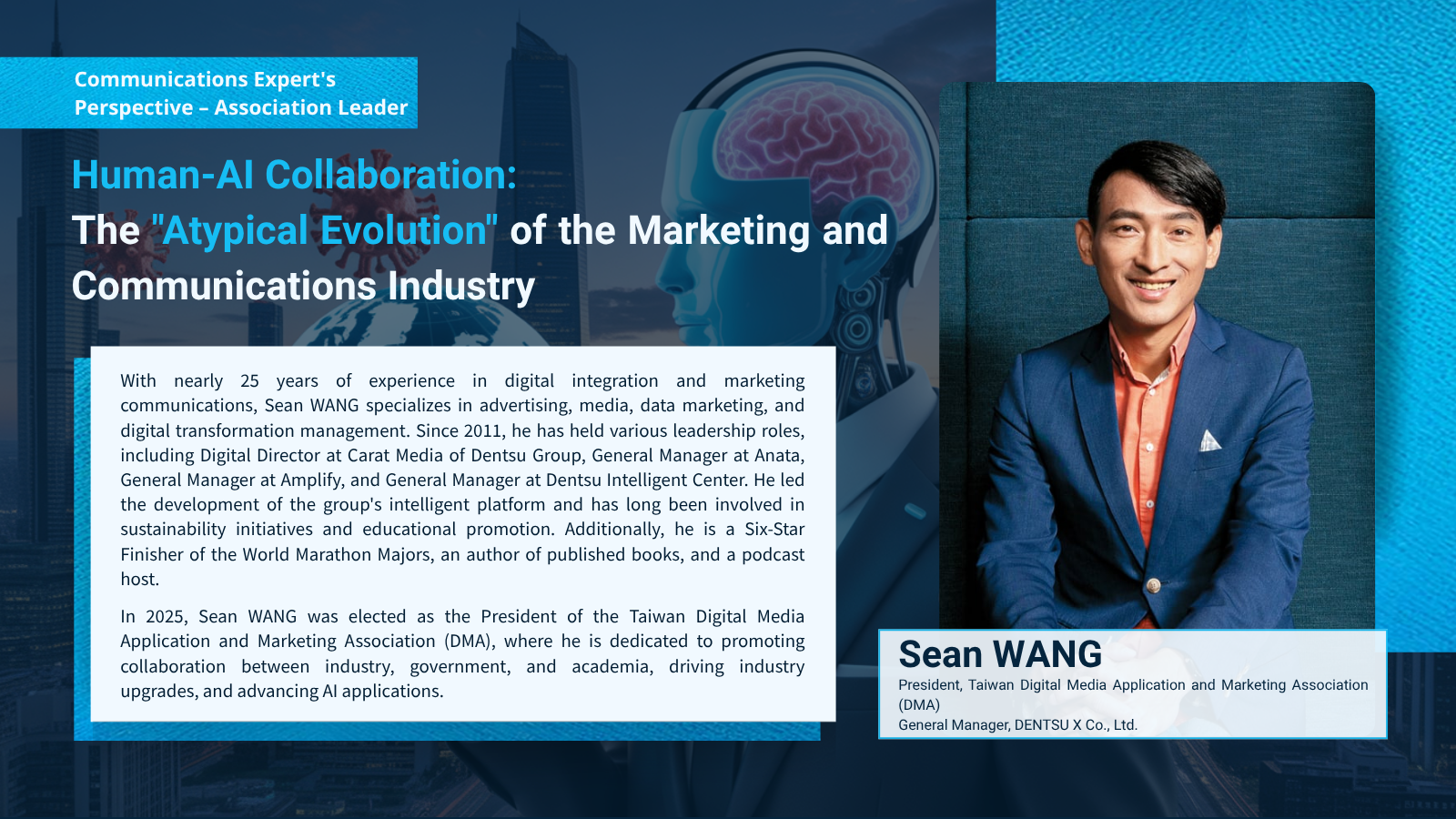%20Sean%20WANG%20(2).png?locale=en)
It's not only the pandemic that accelerated digital transformation and AIGC that enabled companies to reduce costs and boost efficiency; the realities of an aging population and declining birth rates have also created both opportunities and challenges for multi-generational coexistence.
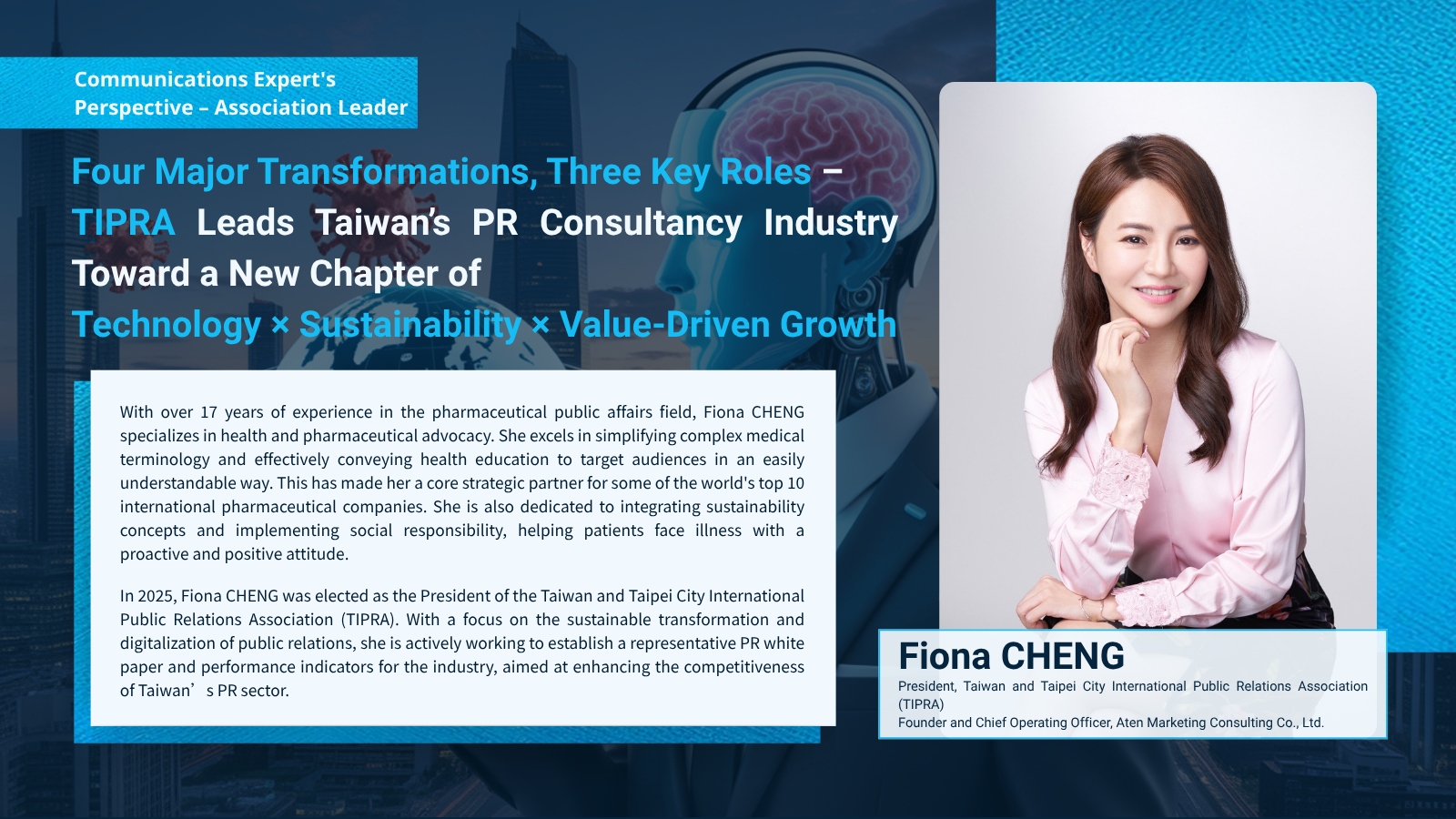
Looking back, PR has long been perceived as the “megaphone” between brands and the public—focused on message dissemination, media exposure, and image management. However, the global spread of COVID-19 placed humanity in a state of heightened instability and anxiety. Public expectations shifted: brand selection was no longer driven solely by visibility or popularity, but by trustworthiness.

Overall, these shifts have had a positive impact on the role of PR consultants. The rise of remote work has significantly improved time efficiency for both media professionals and PR specialists. Virtual meetings offer two key advantages: first, they increase opportunities for interaction with journalists; second, digital communications such as video calls and email pitches create records that can be easily analyzed and reviewed.
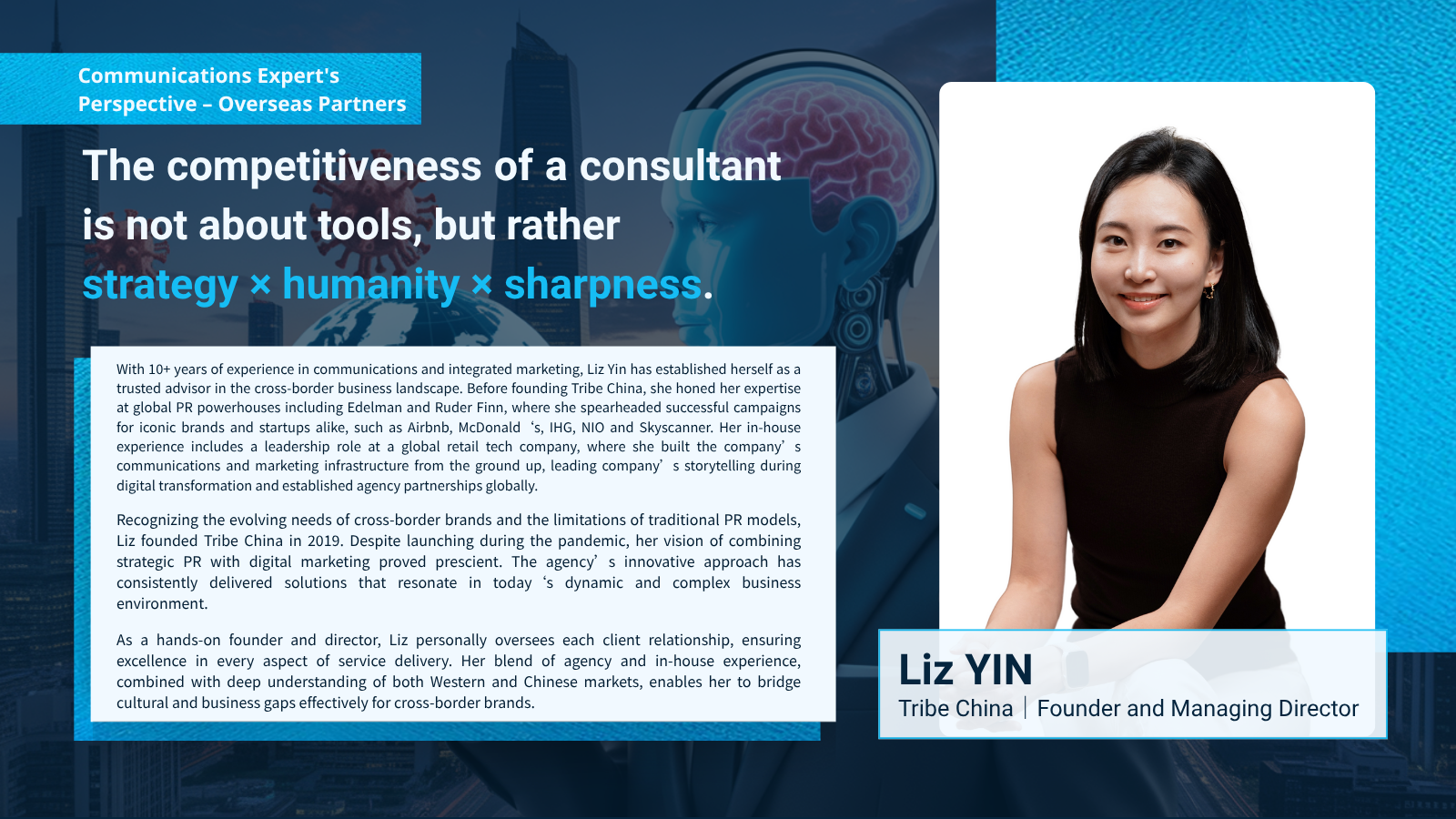
The past five years have marked two pivotal turning points in human history. A global pandemic compelled us to reexamine the relationships between people, and between people and work. Then came a revolution in AI, which redefined our understanding of creative productivity. These shifts have been especially profound for those of us in the communications industry. For me personally, the journey from traditional public relations to leading a strategy-driven communications firm has been deeply shaped by both of these transformations. They have not only changed the way we work, but also reshaped the way we engage with clients, the media, and society at large.